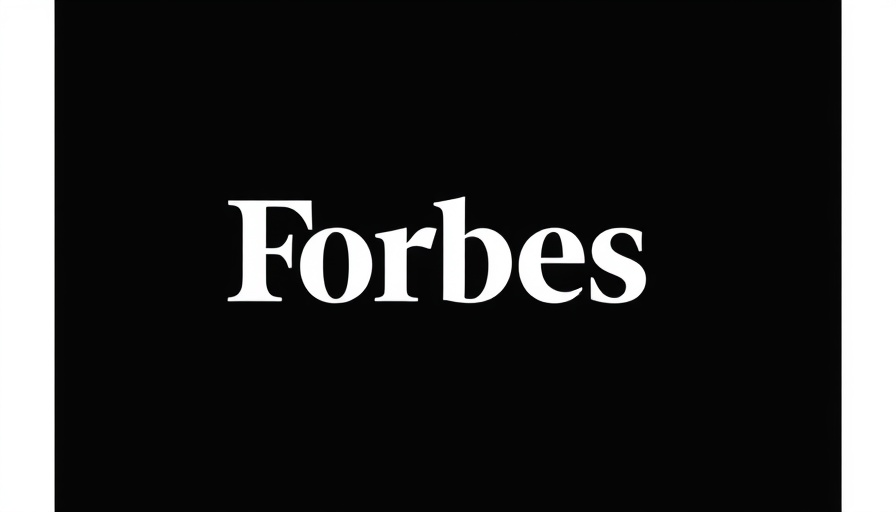
Understanding the Importance of Team Building
Team building is not just a mere activity; it is the foundation of a successful organization. In an era where remote work and hybrid teams have become commonplace, facilitating effective collaboration is paramount. Establishing a culture rooted in trust and teamwork lays the groundwork for innovation and productivity. As businesses continue to evolve, recognizing the importance of team dynamics will help organizations create an environment where employees thrive.
Avoiding Common Team Building Mistakes
Many organizational leaders embark on team-building initiatives with good intentions, yet they often stumble over common mistakes that impede collaboration. By being aware of these pitfalls, you can tailor your approach and foster a cohesive work environment. Here are the primary mistakes to avoid:
1. Failing to Set Clear Objectives
Setting clear objectives is critical for team success. When objectives aren’t well-defined, team members may feel lost, unsure of their roles and contributions. To avoid this, leaders should employ the SMART framework when establishing these objectives: Specific, Measurable, Achievable, Relevant, and Time-bound. Clearly communicated goals not only align with the broader business vision but also serve as a roadmap, steering the group in the right direction. Regular review of these objectives in meetings helps maintain focus and accountability, ensuring that everyone is on the same page.
2. Ignoring Team Dynamics
Understanding the unique dynamics within your team is essential for facilitating effective collaboration. Each member brings distinct skills and perspectives that can significantly impact the team’s function. Ignoring these differences can lead to miscommunication and conflict. Team leaders should regularly assess these dynamics by encouraging open dialogue, which fosters trust among members. Engaging in team-building activities that highlight individual strengths can lead to heightened creativity and collaborative problem-solving, elements essential for thriving businesses.
3. Misunderstanding Individual Roles
Assigning roles without proper clarity can lead to overlapping responsibilities and confusion among team members. This misalignment often happens due to inadequate communication during the hiring process or onboarding. Clarity in role definition prevents the chaos of overlapping duties, which can impact motivation and productivity. Regular check-ins can reaffirm each member’s obligations, preventing potential conflicts and ensuring efficient workflows.
4. Overlooking Strengths and Weaknesses
Failing to recognize individual strengths and weaknesses can be detrimental to team effectiveness. Each employee possesses unique abilities, and leveraging these skills can optimize performance. Business leaders should prioritize strategies that identify and harness these strengths. Tailoring tasks to align with individual capabilities not only boosts productivity but also fosters a sense of value among team members. For example, an employee excellent in digital marketing should lead campaigns while someone skilled in data analysis manages metrics to enhance outcomes.
5. Focusing Solely on Results, Not Relationships
While productivity is critical, emphasizing results at the expense of building genuine relationships can degrade team morale. Investing time in team-building activities that foster connections can strengthen camaraderie and create a supportive workplace culture. Team outings, brainstorming sessions, or even casual catch-ups can forge bonds that improve collaboration and make work enjoyable. When employees feel connected, they are more likely to contribute positively to the team's overall performance.
6. Neglecting Communication
Effective communication is the backbone of successful teams. Without open and consistent channels, misunderstandings can arise, breeding frustration and disengagement. Leaders should prioritize transparent communication strategies, whether through regular updates, feedback sessions, or informal conversations. Ensuring that each team member feels heard and appreciated cultivates an atmosphere of trust, ultimately enhancing collaboration.
Concluding Insights
In summary, avoiding common team-building mistakes requires careful navigation and a commitment to fostering a cooperative environment. By setting clear objectives, understanding team dynamics, clarifying roles, recognizing strengths, building relationships, and maintaining open communication, you are well on your way to creating a high-performing, cohesive team. As you implement these strategies, consider how each member’s unique abilities can drive your business toward its goals.
Now is the time to take action. Evaluate your current team-building strategies and assess areas for improvement. By enhancing your approach to collaboration, you can foster a thriving work environment that empowers your team to achieve its fullest potential.
 Add Row
Add Row  Add
Add 



 Add Row
Add Row  Add
Add 
Write A Comment